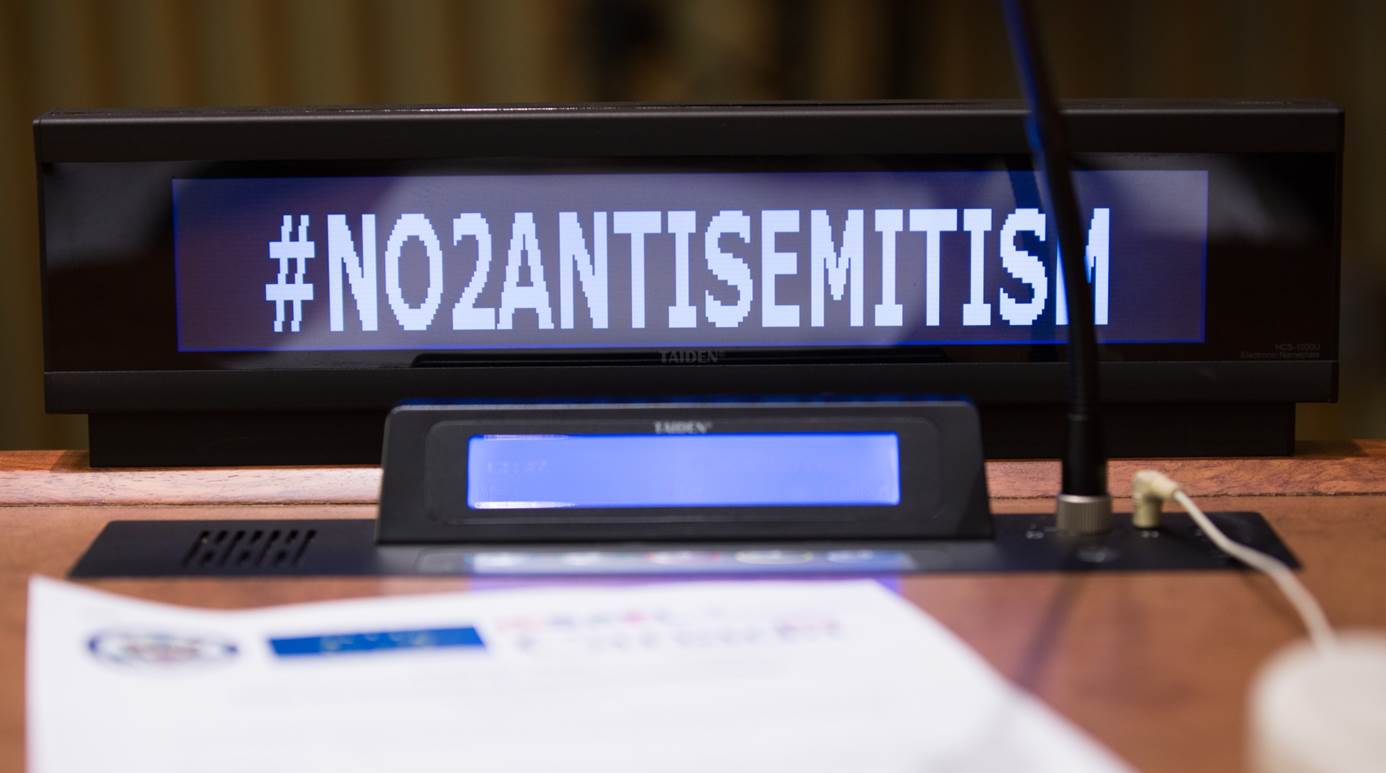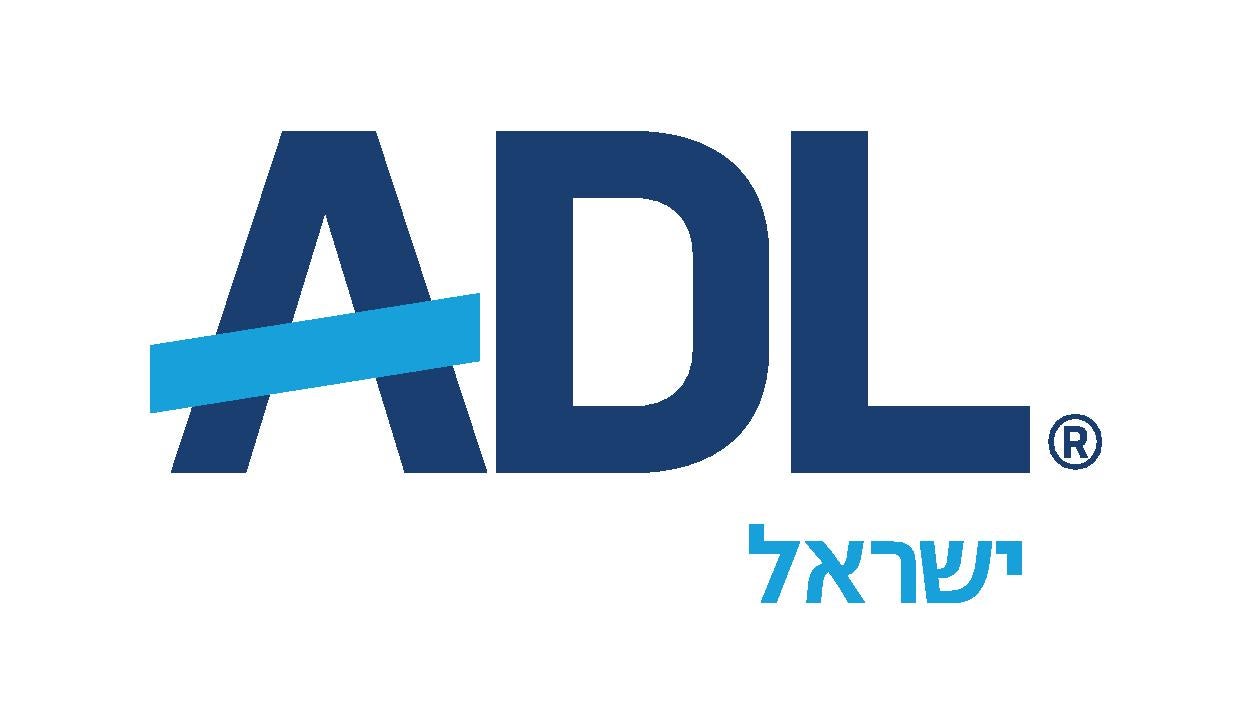
Washington, D.C., May 7, 2018 …
The Anti-Defamation League (ADL) today issued a new report analyzing anti-Semitic speech on Twitter, providing the first-ever snapshot of the trends and themes of anti-Semitism on the social media platform over the course of a one-year period.
Using proprietary research strategies to evaluate Twitter for thousands of possible anti-Semitic expressions, including classic stereotypes, code words, symbols and conspiracy theories, and conducting a human review to scan for sarcasm or other non-anti-Semitic uses of such terms, the ADL’s Center on Extremism found that at least 4.2 million anti-Semitic tweets were shared or re-shared in English on Twitter over the 12-month period ending January 28, 2018. Those 4.2 million tweets were sent from an estimated three million Twitter handles. The margin of error is 3 percent.
The research shows that the number of anti-Semitic tweets fluctuated between a low of 36,800 the last week of July 2017 to a high of 181,700 in the first week of December 2017. The average number of anti-Semitic tweets per week: 81,400.
The new ADL report, “Quantifying Hate: A Year of Anti-Semitism on Twitter,” was released during ADL’s National Leadership Summit, a three-day conference of more than 800 leaders and activists from across the country in Washington, D.C.
“This new data shows that even with the steps Twitter has taken to remove hate speech and to deal with those accounts disseminating it, users are still spreading a shocking amount of anti-Semitism and using Twitter as a megaphone to harass and intimidate Jews,” said Jonathan A. Greenblatt, ADL CEO. “We hope this report will create a renewed sense of urgency among all social media providers that this problem is not going away and that they need to find innovative new ways to tamp down the spread of hatred online.”
The report also shows that subject matter experts are crucial to accurately defining anti-Semitism and gauging user sentiment.
“Algorithms and artificial intelligence will be key to identifying hate online, but human experts are needed to define the problem and, at least in the initial stages, to help the systems assess sentiment and eliminate false positives,” Greenblatt said. “Our experts created a data set of 55,000 tweets which were manually reviewed for the presence of anti-Semitism. We look forward to sharing our research and expertise with tech companies and academics as they work on this problem.”
ADL’s report offers a series of specific and actionable policy recommendations for Twitter, including: Ensuring a comprehensive Terms of Service that clearly prohibits hateful content that is adequately enforced; using artificial intelligence to enhance efforts to flag content for review; ensuring users have an effective filtering option to decrease the chances they will encounter hate speech; and exploring external review and input by providing access to the platform’s data to independent researchers and members of civil society.
The report did not search for non-textual expressions of anti-Semitism, such as anti-Jewish memes or videos, but they were included in the study when they were accompanied by anti-Semitic text.
This is ADL’s second report on anti-Semitic language on Twitter. In an October 2016 report, ADL used a much smaller set of keywords to identify anti-Semitic language on social media, mainly targeting journalists. That report found a total of 2.6 million tweets containing language frequently found in anti-Semitic speech were posted across Twitter between August 2015 and July 2016.
The new ADL report refined the methodology, using a complex Boolean query which, coupled with analysis to eliminate false positives, was able to detect the presence or dissemination of actual anti-Semitic sentiment across all text-based tweets in the English language.
ADL continues to work with Twitter and other industry leaders through the ADL Center for Technology and Society and CTS’s Cyberhate Problem-Solving Lab with engineers from the platforms to limit the speed and distance hate can spread online, and has been encouraged by a number of steps the platform has taken over the past year, such as removing verification badges for some white supremacists. ADL was an inaugural member of the Twitter Trust and Safety Council.
“We are deeply committed to working with the industry to find new solutions to combating online hate and to help industry harness the power of artificial intelligence and machine learning to filter out offensive content,” Greenblatt said. “We’re pleased that Twitter has already taken significant steps to respond to this challenge.”
Major Anti-Semitic Themes and Trends on Twitter
ADL’s research identified anti-Semitic content on Twitter in the following categories:
- Classic anti-Semitic stereotypes, such as claims that Jews are greedy or that they control banks, media, governments and academia;
- References to anti-Semitic conspiracy theories, such as Jewish control of the Federal Reserve, and the existence of a “Zionist Occupation Government”;
- Theological anti-Semitism, such as the claim that Jews are cursed for killing Jesus;
- Holocaust denial;
- Common epithets used against Jews, such as “kike”;
- Positive references to or promotion of known anti-Semitic personalities, authors, books, articles videos and podcasts;
- Code words and anti-Semitic symbols, such as the three parentheses “echo symbol.”
As ADL’s researchers analyzed thousands of anti-Semitic tweets, several themes emerged:
- Harvey Weinstein and Jewish Sexual Predators: ADL analysts observed a wave of anti-Semitic commentary immediately after new reports surfaced about Harvey Weinstein’s history of alleged sexual abuse and harassment of women. The first story on October 5, 2017 fueled a surge of tweets focused on longstanding anti-Semitic tropes such as Jewish control of Hollywood and the media, and Jewish sexual degeneracy and perversion.
- Rothschild Conspiracy Theories: Over the course of the ADL study, a significant number of tweets incorporated current events into the longstanding Rothschild conspiracy theory that a cabal of Jews led by members of the banking family have been manipulating currency and exerting influence on regional and national events for the purposes of personal enrichment and world domination.
- Anti-Zionism: A very large number of tweets employ the term “Zionist” as a stand-in for Jew in a context that clearly indicates the tweet was either motivated by anti-Semitism or perpetuated anti-Semitic themes. Zionists are portrayed as racist warmongers who control the U.S. government and the media. Although criticism of Israeli government policies is not anti-Semitic, the demonization of Jews who hold Zionist beliefs crosses the line.
- Holocaust denial: Holocaust denial appeared throughout the research period and at specific moments in time, such as April 2017 when some Holocaust deniers latched onto former White House press secretary Sean Spicer’s incorrect claim that Hitler never used poison gas against his enemies.
- George Soros: The Hungarian Jewish billionaire, Holocaust survivor and philanthropist figures prominently in anti-Semitic tweets, with claims that he directly uses his largess to fund false flag events. One noteworthy allegation claims that Soros was responsible for the deadly “Unite the Right” rally in August 2017 in Charlottesville, Va. Other tweets refer to his Jewish heritage in pejorative terms and claims that he’s trying to undermine Western civilization.

